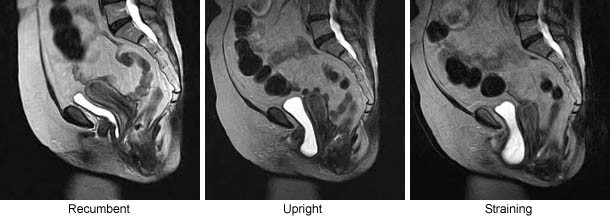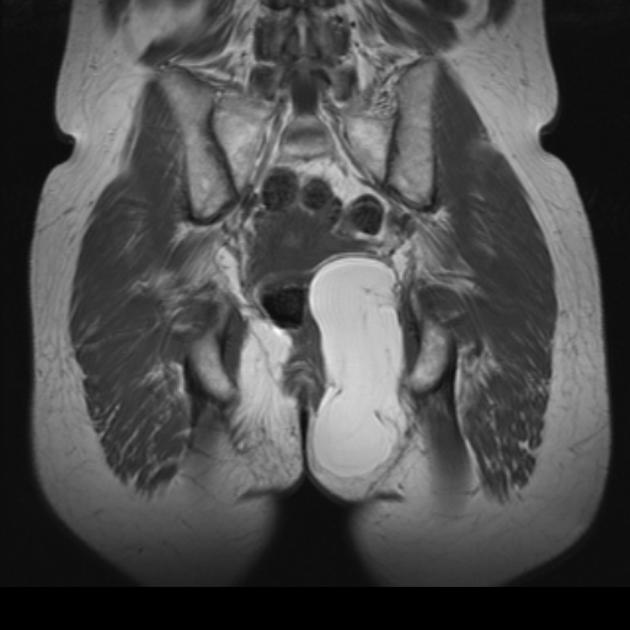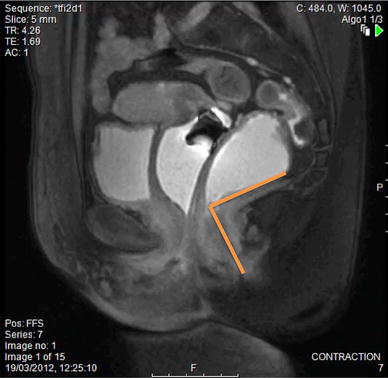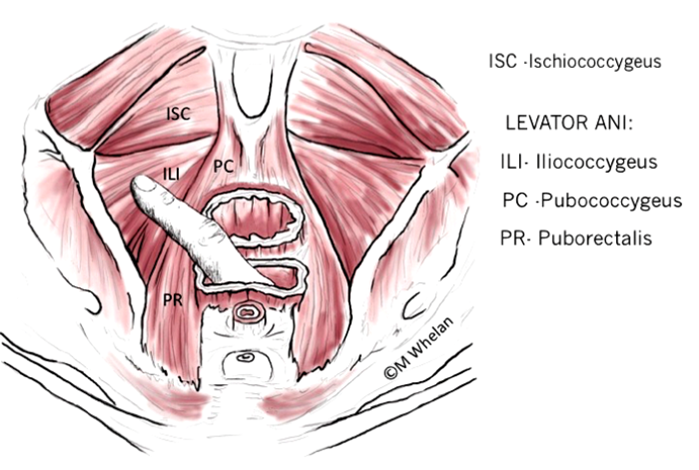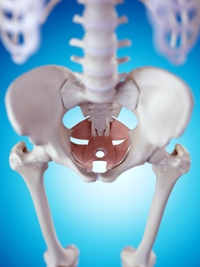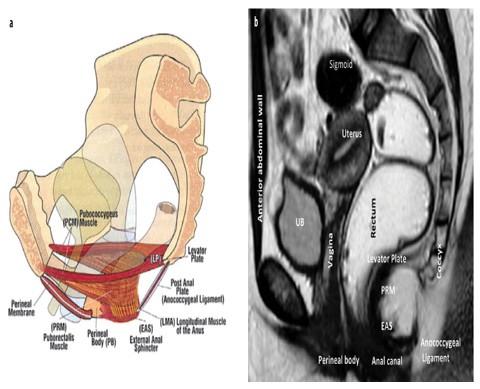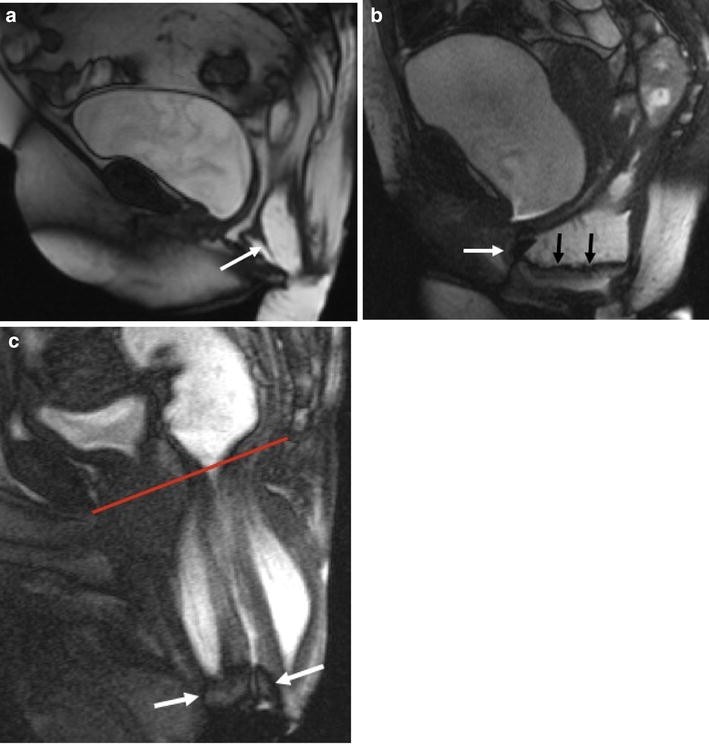Pelvic floor failure is a common disorder that affects 23 7 of women in the united states with a prevalence of 9 7 49 7 that increases with age one in nine women will undergo an invasive procedure for treatment of urinary incontinence or pelvic organ prolapse with 30 requiring additional surgery for symptom recurrence by 80 years of age.
Pelvic floor insufficiency radiology.
In this article we focus on imaging pelvic vein insufficiency and related extending varicosities.
Pelvic congestion syndrome pcs is a chronic condition that occurs in women when varicose veins form below the abdomen within the pelvic region.
Pelvic venous congestion is a commonly overlooked condition that can be severely painful and debilitating for many women.
Since pelvic floor imaging is a dynamic form of imaging aiming to evaluate the evacuation phase rectal filling is mandatory.
223 501 508 google scholar 17.
Varicose veins are veins that become swollen.
The diagnosis of pelvic venous insufficiency is therefore essentially a clinical exercise that is supported by radiology findings.
Pelvic venous congestion syndrome is also known as ovarian vein reflux.
It is a cause of chronic pelvic pain in approximately 13 40 of women.
Authors have used different filling media such as sonographic gel mashed potatoes variably mixed with a gadolinium compound according to the signal intensity intended to obtain in the t1 or t2 weighted sequences.
Fielding jr griffiths dj versi e mulkern rv tee mlt jolesz fa.
Mr imaging of pelvic floor continence mechanisms in the supine and sitting positions.
The term pelvic congestion syndrome specifically refers to the condition first described by louis alfred richet in 1857 and characterized by chronic dull pelvic pain pressure and heaviness that persist for more than 6 months with no other cause.
Pelvic venous insufficiency pvi is a condition resulting from broken valves on the inside of the gonadal ovarian veins.
Venography is primarily carried out for treatment purposes before embolization.
That extend from the leg through the pelvic floor which should be evaluated for the presence of pelvic congestion syndrome.
The disease process was previously referred to as pelvic congestion syndrome however the term pelvic venous insufficiency identifies the root cause and is the newer terminology.
The imaging examinations also allow other causes of cpp to be excluded.
Pelvic floor dysfunction is the inability to control the muscles of your pelvic floor.
Chronic pelvic pain is pain in the lower abdomen which has been present for more than 6 months.
Dynamic mr imaging of the pelvic floor performed with patient sitting in an open magnet unit versus with patient supine in a closed magnet unit.

